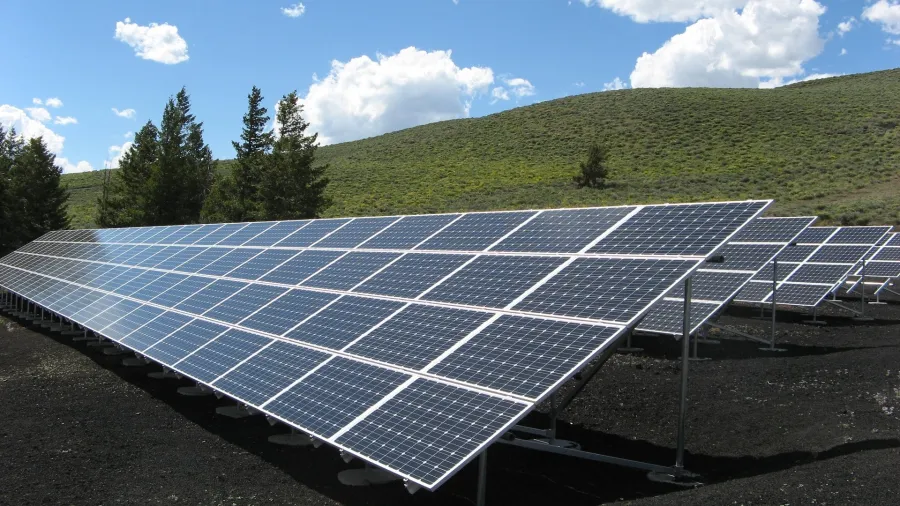
Vena Energy’s hybrid solar, battery project in Australia hits financial close
The 128.5MW project is expected to come online in 2023.
Renewable energy firm Vena Energy has reached a financial close for its hybrid solar and battery energy storage system (BESS) project in South Australia, which is expected to start operations in 2023.
In a statement, Vena Energy said the Tailem Bend 2 Hybrid Project would have a 128.5-megawatt (MW) capacity once completed, 87MW will be from the solar projects and 41.5MW will be the BESS.
It is the company’s first operational system to combine solar and battery, following the first stage of the Tailem Bend Solar Project which started operations in 2019.
“Vena Energy’s mission is to accelerate the energy transition across the Asia-Pacific region, and the Tailem Bend BESS is an example of this shift as it will provide both generation and storage for renewable energy to the South Australian network as part of its plans to achieve net-zero by 2030,” said Owen Sela, head of Vena Energy Australia.
Sela added that the company has around five gigawatts of renewable energy projects in the pipeline in Australia.
READ MORE: Vena Energy bags $63.4m green loan for 26MW solar project in Japan
Tailem Bend 2 Hybrid Project is Vena Energy’s third financing arrangement in Australia. It is backed by the DBS as the joint-green structuring bank, technical coordinator, facility agent and project account bank; ING as the joint-green structuring bank and financial model coordinator; and Siemens Financial Services through the Siemens Bank.
The solar farm can supply electricity to around 35,000 homes annually and reduce over 207,000 tonnes of carbon dioxide greenhouse gas emissions or equal to planting more than 3.4 million trees, according to Vena Energy.
Solar power generated from the project is under a purchase agreement signed by ZEN Energy to support its South Australian customers.
The company said the battery energy storage system would provide energy storage and ancillary services to support the South Australian grid’s reliability.
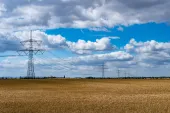
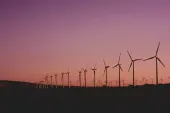

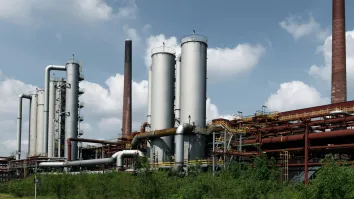
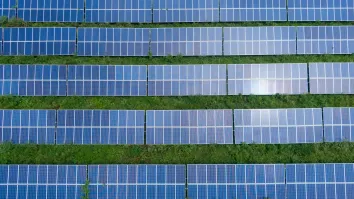
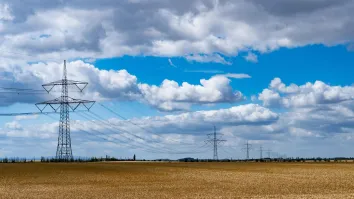













 Advertise
Advertise






